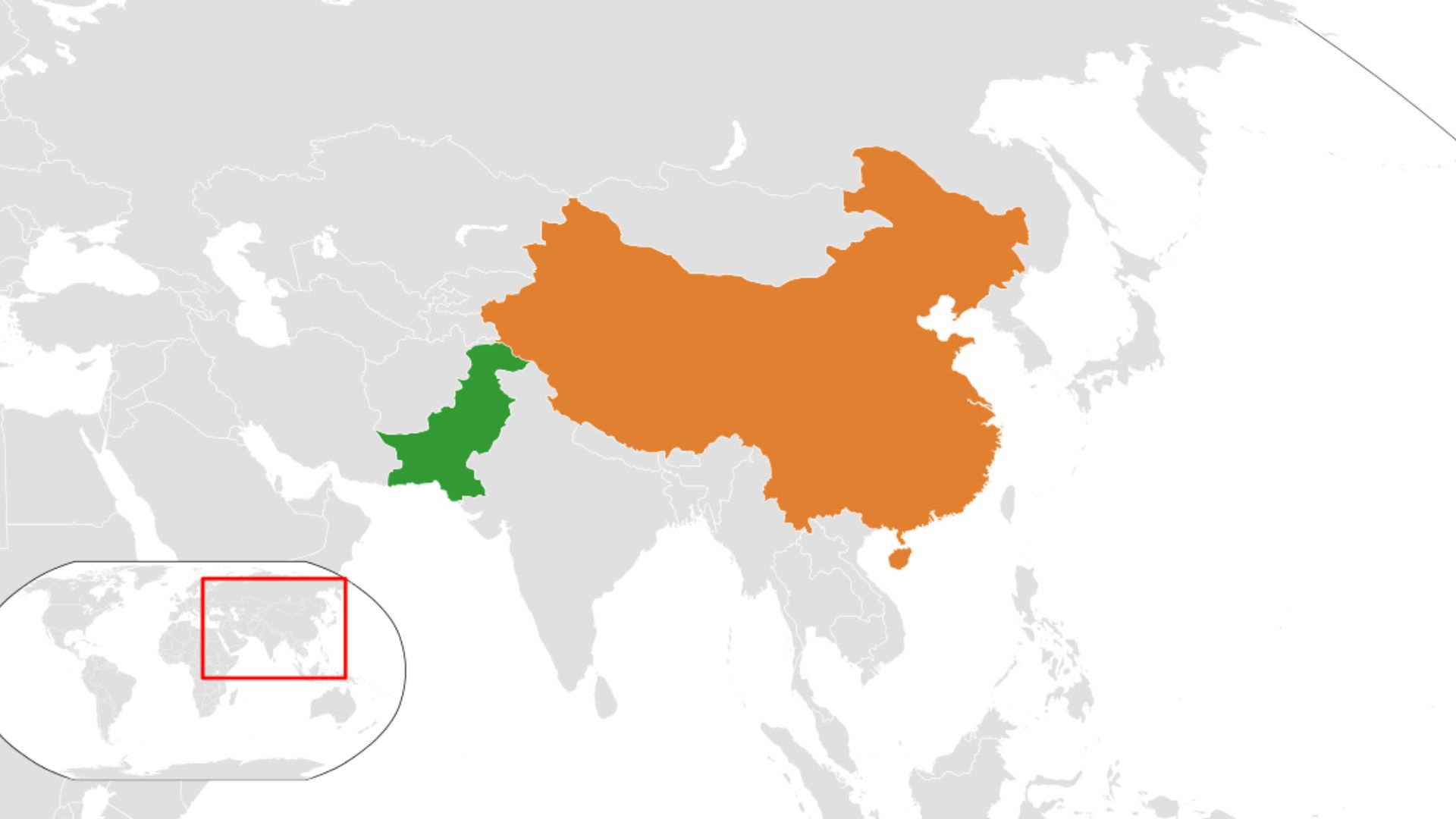
Pakistan is witnessing a resurgence of violent attacks. In the last few days, there have been two major incidents, both allegedly carried out by Baloch freedom fighters. One was the attack by the Balochistan Liberation Army (BLA) on the PNS Siddique naval air base, Pakistan’s second largest, in Turbat in Balochistan, which killed one soldier. Pakistani soldiers killed the Baloch fighters in retaliatory fire. The other was an attack in the northern parts, in Besham in Khyber Pakhtunkhwa province, when a suicide bomber rammed his explosives-laden vehicle into a car carrying five Chinese nationals and their Pakistani driver, killing all of them. The Chinese were headed further north to Dasu in Kohistan, where China is building a hydroelectric project. Both attacks came inside a week of another major attack on 20 March on Pakistan’s Military Intelligence headquarters in the Chinese-built port city of Gwadar, killing two soldiers.
In fact, it is not just the Baloch freedom fighters, the Chinese are being targeted by different militant groups in the Af-Pak region, unhappy as they are with the Chinese presence on Pakistani soil. They accuse them of robbing the local people of their resources, apart from supporting the regime in Islamabad/Rawalpindi, against whom groups like the Tehreek-e-Taliban Pakistan (TTP) have been fighting. In fact the attack on the car carrying the Chinese to Dasu was the second such attack in the same region. In 2021, a bus carrying Chinese engineers working in the Dasu project were targeted, possibly by the TTP, killing 13 of them. The Chinese have been in the crosshairs of rebel groups from as far back as November 2018, when the BLA attacked the Chinese consulate in Karachi. In 2020, they attacked the Karachi Stock Exchange, to target Chinese economic interests “in retaliation of Chinese exploitative plans in Balochistan”. There has been a series of attacks against Chinese interests over the years, including an attack in April 2021 in Quetta in Balochistan, which the Chinese ambassador narrowly escaped. Another attack took place last year in August 2023, when a convoy carrying Chinese nationals in Gwadar came under gunfire from Baloch rebels, but escaped unhurt.
All the Chinese projects that are being targeted are part of the China Pakistan Economic Corridor (CPEC) launched in 2013. The Chinese are anyway having a tough time keeping their $62-billion worth CPEC, floating. Most of CPEC’s infrastructure projects are stalled, one of the biggest being the Main Line 1 (ML-1) rail corridor, worth $6.7 billion. The Gwadar port, which the Pakistanis have been fencing, cutting off access to the people of Balochistan, has become a major flashpoint. It is as if to prove that the security provided by the Pakistan military is not good enough, that the armed groups have been repeatedly targeting Gwadar. Pakistan’s political and financial instability, coupled with rampant corruption have aggravated matters. Add to it the violent attacks on physical infrastructure and the loss of Chinese lives, and it is believed that Beijing is having a tough time reconciling to its iron-brother’s bumbling ways. After all, the Pakistanis have been promising that the “BRI with CPEC as its flagship is destined to succeed despite all odds and Pakistan Army shall ensure security of CPEC at all costs.” These were the words of the then Army chief, Gen Qamar Bajwa to Chinese President Xi Jinping during a visit to China in 2018. But the Pakistani military has not been able to live up to its promise, and China is getting a reality check of what it means to try and build an empire, with the resource-rich, strategically located, but extremely volatile Af-Pak region as one its mainstays. Plus China is bleeding money, with billions of dollars already sunk in CPEC, with no signs of any returns.
Ironically, the Chinese did not learn from the experience of the Americans, who, after being led up the garden path by Pakistan, eventually had to flee the Af-Pak region, leaving behind billions of dollars’ worth of arms and ammunition, as well as a cauldron of medieval mess bubbling over. In its attempt to contain India, China thought that Pakistan would be a handy tool. Thus was birthed the infamous Sino-Wahhabi alliance. To an extent this strategy has worked, as China has consistently dangled the threat of a two-front war on India’s head, tried to encircle it, bleed it financially, and erect a road block at every turn internationally. But the strategy is coming at a cost. Just as Pakistan has got sucked into the Chinese debt trap, China too is getting sucked into the quicksand of the Af-Pak region—one of the most unstable in the world, with its complex web of geopolitical, social, and economic challenges, apart from being a hotbed of insurgencies. Even if Beijing has every Pakistani general and politician on its payroll, there will be pushback against China’s imperial designs—it’s happening everywhere, from the Pacific Islands to Africa. It’s just that in a place like Pakistan, the pushback is more often than not violent. After all, China’s iron-brother has made using violent non state actors to serve its own purposes, Pakistan’s state policy, which is coming back to bite it, and now China as well. But then as Beijing’s critics would say, it should have counted the possible costs before it embraced its iron-brother.
Joyeeta Basu